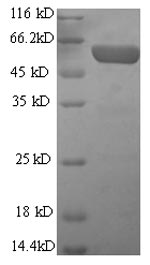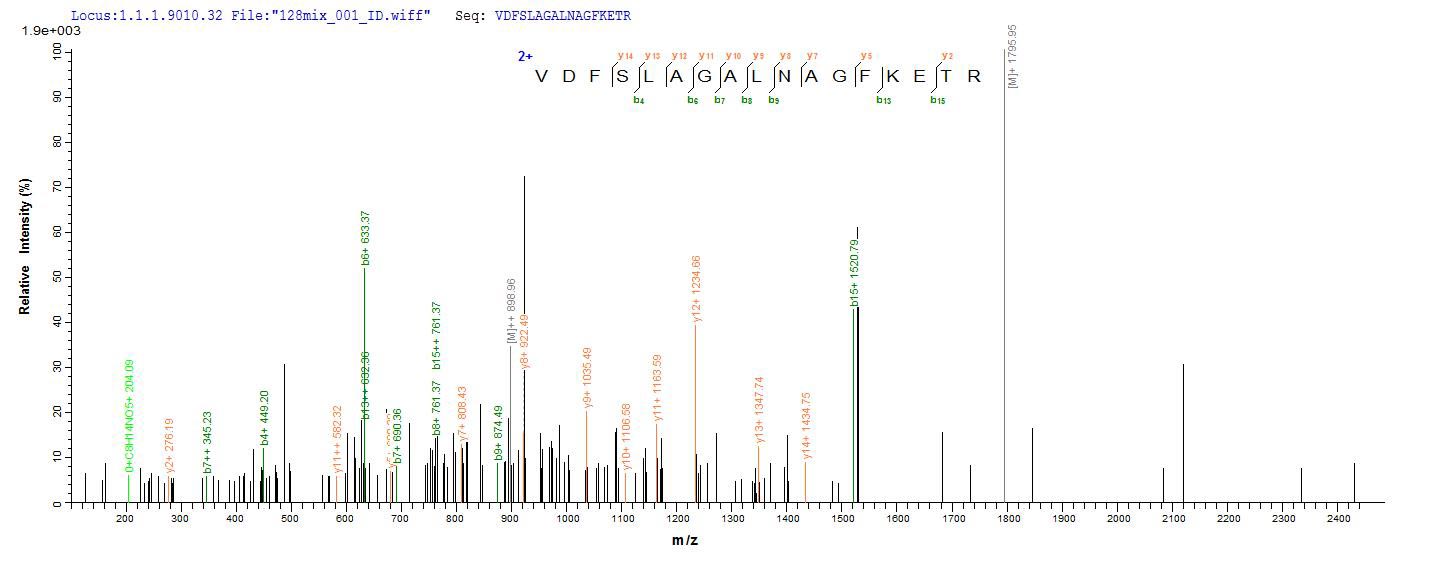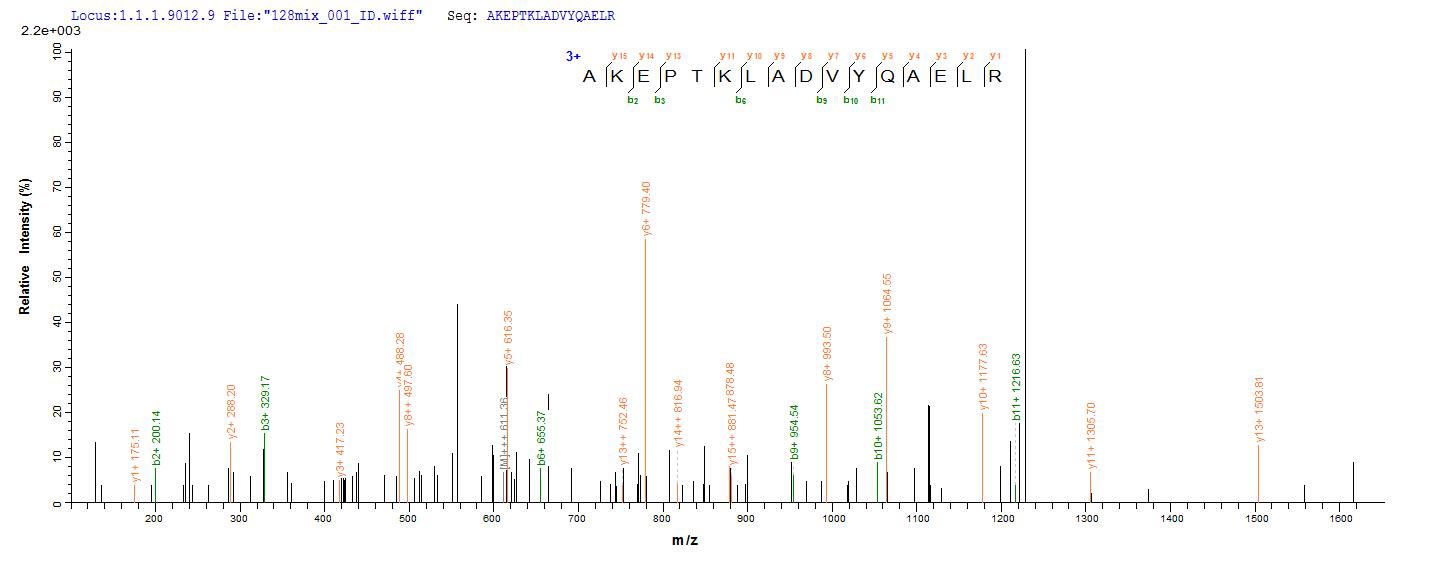Expand your neurobiological research with our Recombinant Mouse GFAP, the Glial fibrillary acidic protein. This protein, produced in E.coli, is a key factor in exploring the intricate world of glial cell structure and function.
Our GFAP is a full-length protein (1-430aa), providing a comprehensive representation of its structure and function. The protein is expressed with a N-terminal 6xHis-SUMO tag, facilitating efficient purification and optimal stability. With a purity exceeding 90% as determined by SDS-PAGE, our Recombinant Mouse GFAP meets the highest standards of scientific exploration. Choose between a liquid form for immediate experimentation or a lyophilized powder for extended stability, and take your research to new heights.








